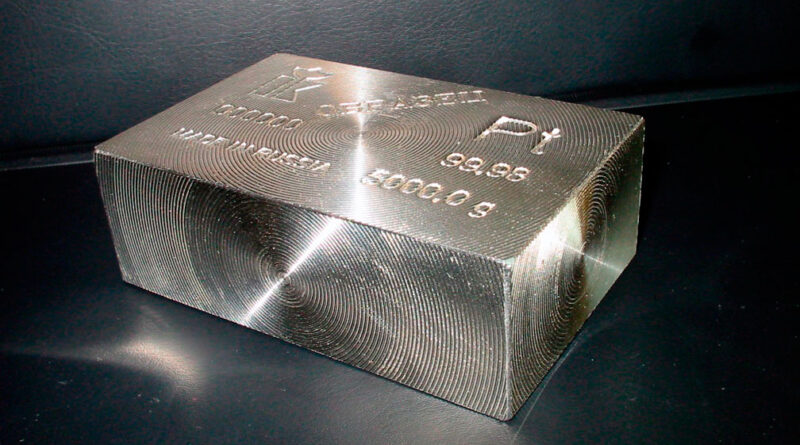Platinum fourth quarter market review for 2022
During the fourth quarter 2022, the global economy surprised to the upside, remaining stronger than expected. Growth rates for the quarter in both the United States and Eurozone exceeded expectations, inflation appeared to decelerate in both markets, while labour markets remained tighter than anticipated.
In addition, China’s abandonment of its zero-COVID policy has generated some optimism. Despite these improvements, lingering constraints still weighed on the quarter – the semiconductor shortage, while steadily improving, curbed vehicle production growth in North America and Europe.
Meanwhile, the income squeeze faced by households contributed to slowing vehicle sales rates. At 1,634 koz, total demand for the quarter was 5% (-78 koz) lower than Q4’21,
mainly due to the 24% decline in the industrial sector where the decommissioning of glass plants in Japan in 2022 and the effect of higher chemical plant expansions in China in Q4’21 relative to Q4’22 impacted this segment.
A further decline in the jewellery sector (-59 koz, -12% year-on-year) offset growth in automotive demand (+82 koz, +12%), which benefitted from the easing chip shortage.
While the outflows in ETFs and warehouse stocks slowed markedly this past quarter, bar and coin sales, which disappointed when compared to Q4’21 due to weaker sales in North America and Europe, were compounded by net disinvestment in Japan as the high yen price enticed investors to sell.
Refined mine production declined sharply by -326 koz year-on-year to 1,369 koz. This was mainly due to a drop in South African supply owing to smelter maintenance in Q4’22, as well as Q4’21 being boosted by the release of semi-finished inventory.
Recycling continued to struggle, declining 19% year-on-year (-89 koz), which was attributable to lower inventories and some minor impact (specifically in North America) following the law-enforcement activities aimed at curbing high autocatalyst thefts.
Jewellery recycling, too, was down due to slower jewellery sales in China, with correspondingly fewer sellbacks. The impact of the lower supply, which totalled 1,739 koz, aided a further contraction in the market surplus, which fell by 75% against Q4’21 to 105 koz; it was also 59% lower than in Q3’22.



